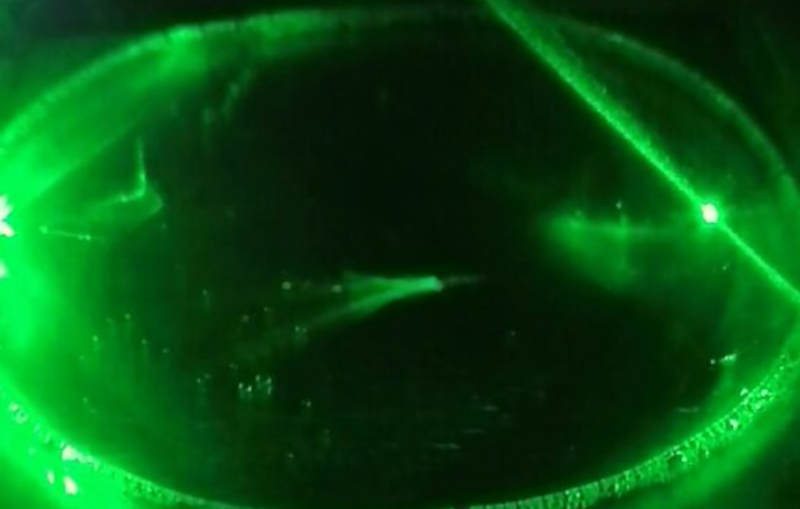You might think that anything to do with a soap bubble is for kids. But it turns out that observing light scattering through a soap bubble produces unexpected results that may lead to insights into concepts as complex as space-time curvature. That’s what [stoppi] says in his latest experiment — generating “light whiskers” using a laser and a soap bubble. You can watch the video, below, but fair warning: if videos with only music annoy you, you might want to mute your speakers before you watch. On the other hand, it almost seems like a laser light show set to music.
The setup is simple and follows a 2020 Israeli-American research paper’s methodology. A relatively strong laser pointer couples to a fiber-optic cable through a focusing lens. The other end of the fiber delivers the light to the soap bubble, where it separates into strands that exhibit something called branched flow.
Our physics knowledge isn’t deep enough to explain what’s going on here. However, if you have an interest in reproducing this experiment, it doesn’t look like it takes anything exotic. The original paper has a lot to say on the topic and if that’s too heavy for you, there’s always the Sunday supplement version.
If there is ever a practical application for this, we’ll see an uptick in the design of bubble machines. Oddly, this isn’t the first time we’ve seen lasers married with bubbles.
















Interesting… I suspected something was going on with soap bubbles due to seeing the swirling irridescence in them, kinda points to prismic structures in the soap film moving around, microturbulence or something.
I think the iridescence of soap bubbles is pretty neatly explained by thin film interference: https://en.m.wikipedia.org/wiki/Thin-film_interference
Right, the base level of it. Was thinking more of how it reveals apparent sctructure, motion and discontinuity sometimes. Like looking at the blue marble, “Oh those white things are just clouds” … yeah but why are they all swirled up tight like that near Florida?
Looks like diffraction by dust in the soap film. A Pinhole at the source? We need to see what the “beam” looks like.
Seeing the video from Nature, it looks like a complex problem. The curves imply gradients in refractive index across the bubble surface, which one would expect from uneven evaporation of water. Is there local heating along a branch that causes the nodes? How are the soap molecules aligned in a bubble film? It might be rich soil for the amateur scientist.
https://www.youtube.com/watch?v=UNCNp1tBqKY
As seen in Nature journal, still cool to see it on HaD too!
This music hurts my ears
“You might think that anything to do with a soap bubble is for kids.”
You haven’t used soap since you were a kid? Go take a bath!